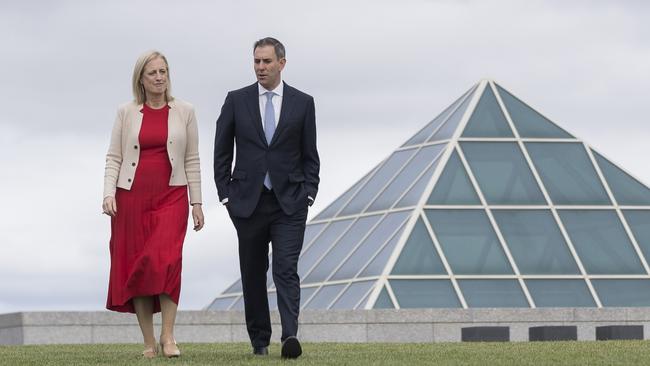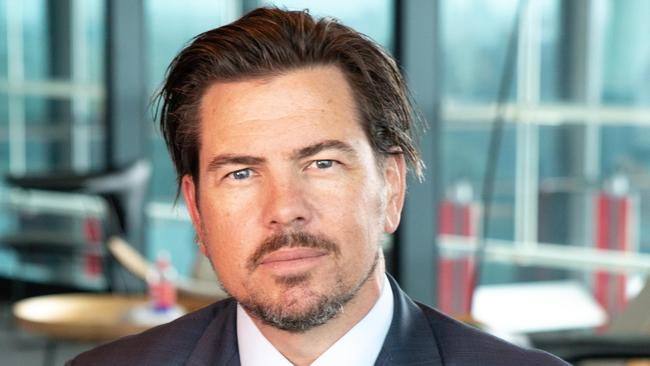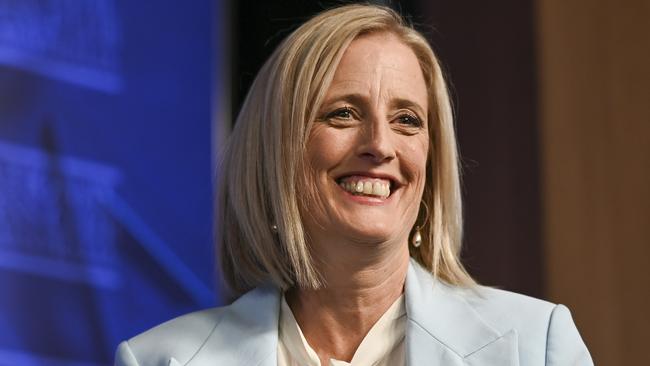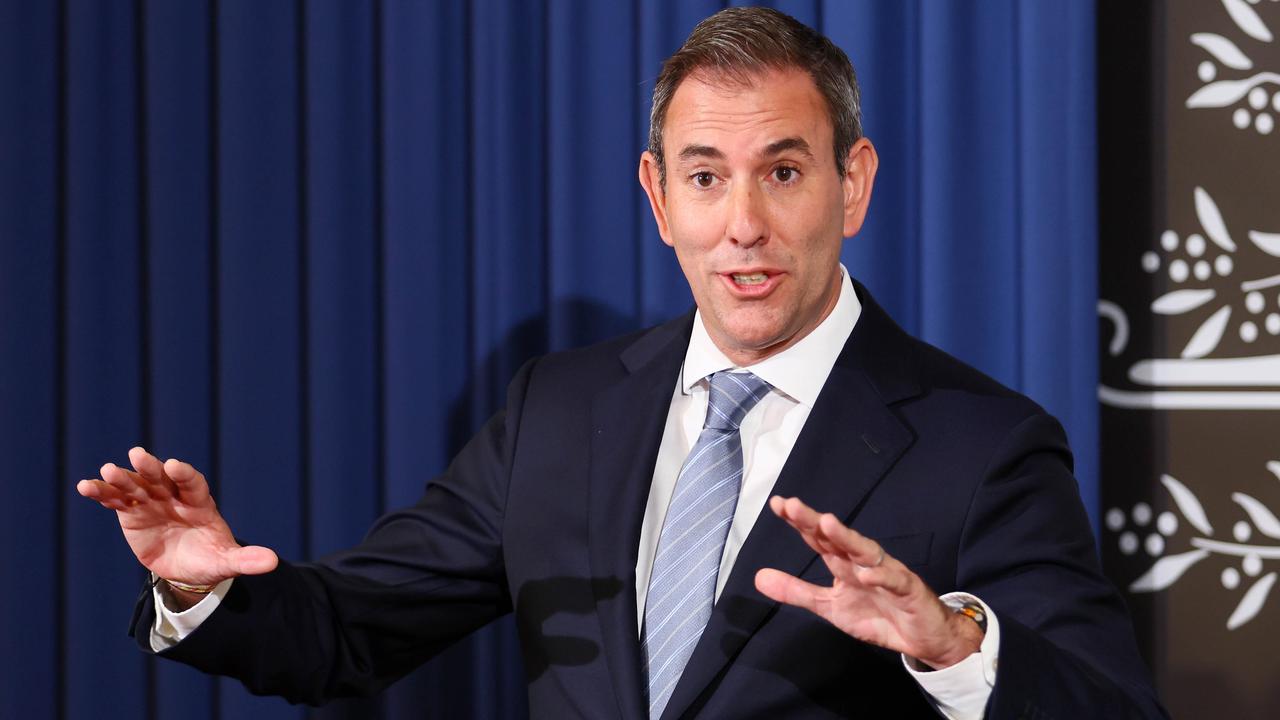Red hot jobs market demands further budget savings, greater focus on inflation fight, economists argue
Treasurer Jim Chalmers has been tasked with further reining in spending in the federal budget as the tight jobs market risks further inflation.

Fed Budget
Don't miss out on the headlines from Fed Budget. Followed categories will be added to My News.
Almost 14.4 million Australians are expected to be in work by mid-year, 105,000 more than previously forecast, as the nation’s red-hot jobs market continues to defy a broader economic slowdown.
But economists have warned that the firmer-than-expected jobs numbers means Treasurer Jim Chalmers should redouble his focus on reducing stubborn cost of living pressures and finding further savings in next Tuesday’s federal budget.
According to updated Treasury forecasts, released five days ahead of the budget, total employment is predicted to rise 2.25 per cent in the year to June, with the labour force growing to 14.4 million as it largely absorbs soaring international arrivals.

The increase outpaced predictions from the mid-year economic outlook, released in December, which showed total employment would rise to 14.3 million over the same period, up 1.5 per cent.
The budget papers also forecast the jobless rate would edge higher, reaching 4.3 per cent by the 2025 June quarter, up from its current rate of 3.8 per cent, and lower than the predictions in last year’s budget of 4.5 per cent.
AMP chief economist Shane Oliver said the hotter jobs data, which enabled workers to bargain for bigger pay packets, risked entrenching already stubborn inflation.
“When you’ve got a low unemployment rate at these sorts of levels, and only potentially going up to what the Reserve Bank thinks might be full employment, the risk is that you can end up with higher inflation,” Dr Oliver said.
As such, Dr Oliver said the federal budget would need to ensure it didn’t bolster growth and undermine the RBA’s efforts to fight inflation.
“It obviously adds to the pressure in the budget to continue to restrain the economy rather than pump stimulus into it,” he added.

Inflation, on its most recent reading, rose 3.6 per cent in the year to March, re-accelerating over the first quarter of 2024 and above the RBA’s 2 to 3 per cent target band.
Releasing his final forecasts for the upcoming May budget, HSBC chief economist Paul Bloxham predicted the government would deliver a second consecutive surplus of $13bn, with the budget bottom line buoyed by near-record low jobless rate.
“The jobs market has remained relatively tight, with the unemployment rate only rising a little, and nominal wages growth has been resilient,” Mr Bloxham said.
But with the economy still operating at close to its full capacity, Mr Bloxham any further spending, if not offset elsewhere, would likely to slow the disinflation process further, or result in higher interest rates for longer.
“Any choices to increase public spending more in one area ought to be offset by a reduction in spending in another,” Mr Bloxham said.
“If not, the economy would then end up operating further beyond its sustainable capacity, and inflation would remain too high.”
Waste and rorts audit identifies just $1bn in savings so far
However, Finance Minister Katy Gallagher also signalled that Labor’s “waste and rorts audit” of Coalition-era spending measures had resulted in little outright savings.
“Australians expect a responsible government to identify sensible savings to reinvest in higher quality spending and keep existing programs in place to prevent any cuts to the services that Australians rely on,” Senator Gallagher said on Thursday.
While the May 14 budget is set to include at least $24.1bn in savings and reprioritisations, Senator Gallagher revealed that just $1bn of that figure would be directed by Labor’s budget razor gang towards the bottom line.
The remaining $23.1bn will be reinvested across defence, education and social services, the budget papers will show.
But KPMG chief economist Dr Brendan Rynne said tighter fiscal discipline was required as the current “relaxing of the purse strings” was adding to aggregate demand.
“Ideally you want [the budget] contractionary but at a minimum you want it to be neutral. The problem is we know it is not even going to be neutral,” Dr Rynne said.

With government spending hovering above 27 per cent of GDP, well above its pre-pandemic levels of 24.5 per cent, Dr Rynne added that the government needed to establish a “glide path” to bring spending below 25 per cent.
“We really do need to see much better co-ordination of fiscal and monetary policy – we just haven’t seen that co-ordination at all, we’ve seen a complete divergence,” Dr Rynne added.
An additional, $3.8bn in savings and reprioritisations will be revealed on budget night.
Shadow Treasurer Angus Taylor similarly argued that the government needed to exact further savings to assist the central bank in its inflation fighting efforts.
“If the government doesn’t manage its budget, it makes it more difficult for households to manage their budgets,” Mr Taylor said.
“That’s what we need to see. So far, we’re not seeing that at all.”
Originally published as Red hot jobs market demands further budget savings, greater focus on inflation fight, economists argue


